Pinus virginiana
Pinus virginiana Virginia pine
A medium-sized tree with long spreading horizontal branches often with scraggly appearance. Grows in poor soils such as clay and is often used to reforest areas with eroded soil. This pine can grow in pure stands or with other pine species, and quickly colonizes open spaces such as abandoned farms or burned places. The tree lives up a 100 years. The cones stay on for many years. Deers browse on young branches and saplings in winter.
Habitat & Range
Grows in sandy soils, clay, and old fields.
Present in most counties of the state, except some north-central counties.
| EMP: | UPL |
|---|---|
| NCNE: | UPL |
Characteristics
Tree medium size, semi-straight trunk, irregular round crown & long, speading horizontal branches
Needles clustered; 2 per cluster, soft, flexible; gives off light scent when crushed, light to dull green color
Twigs slender, with rusty hairs when young; buds are gray-brown & egg-shaped, usually less than 0.5 inches long
Bark brown to gray with thin shaggy ridges and flakes
Seed Cones green when young, turning reddish brown with maturity; egg-shaped and tapers near tip; short stalk, cone scales have a ridge and are tiped with a sharp prickle; 2-3 inches long
Height 30-60 feet
Fall Color evergreen
Age 75-100 yrs
Identification Tips
There are two needles per cluster.
Plant Codes
S-rank: S5 (Secure)
G-rank: G5 (Secure)
Ecology
Virginia pine's seeds are food for squirrels, Pine Siskins and other finches. Woodpeckers create nesting cavities in the dead trunks. The needles are consumed by caterpillars of the eastern pine elfin butterfly. Deer feed on the branches of young trees and saplings in winter.
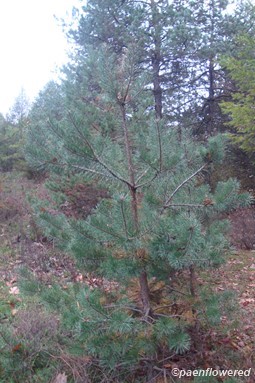
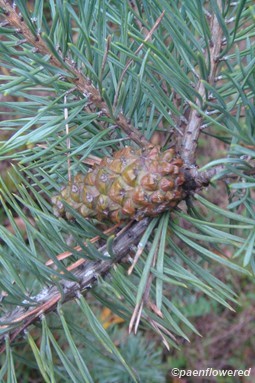
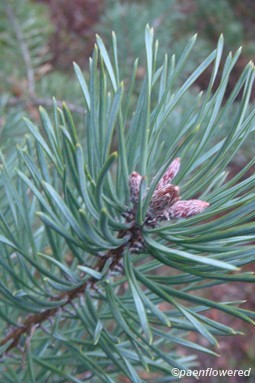
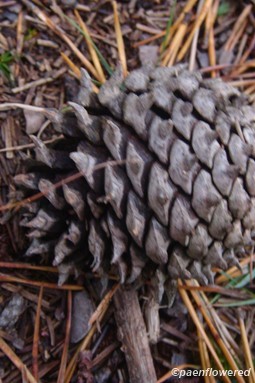
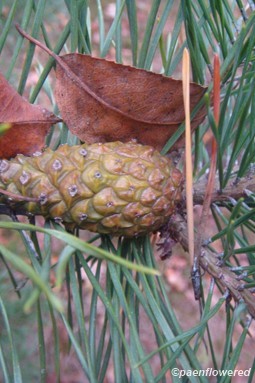








Comments
Have you spotted this plant in your area? We'd love to hear about your experience! Share your comments or questions about the plant below. Comments are moderated before posting.